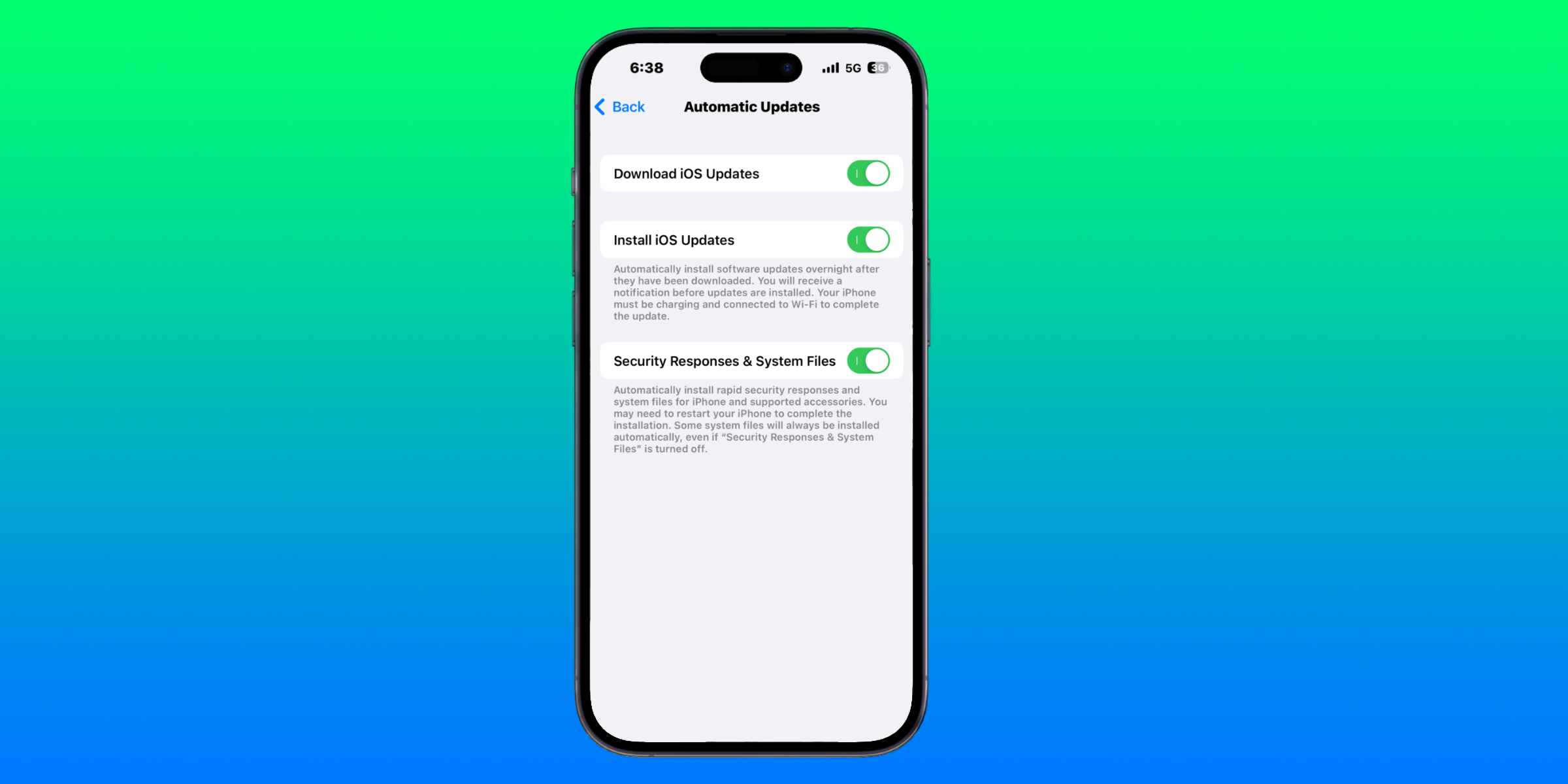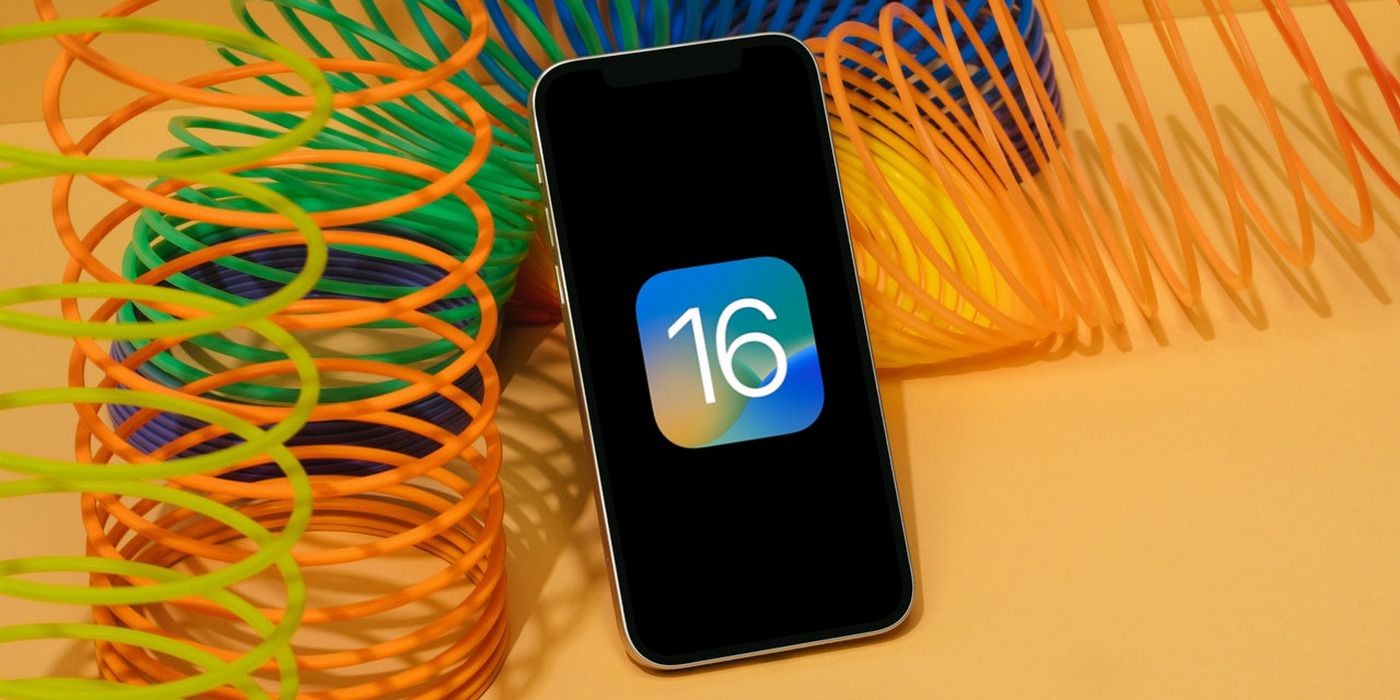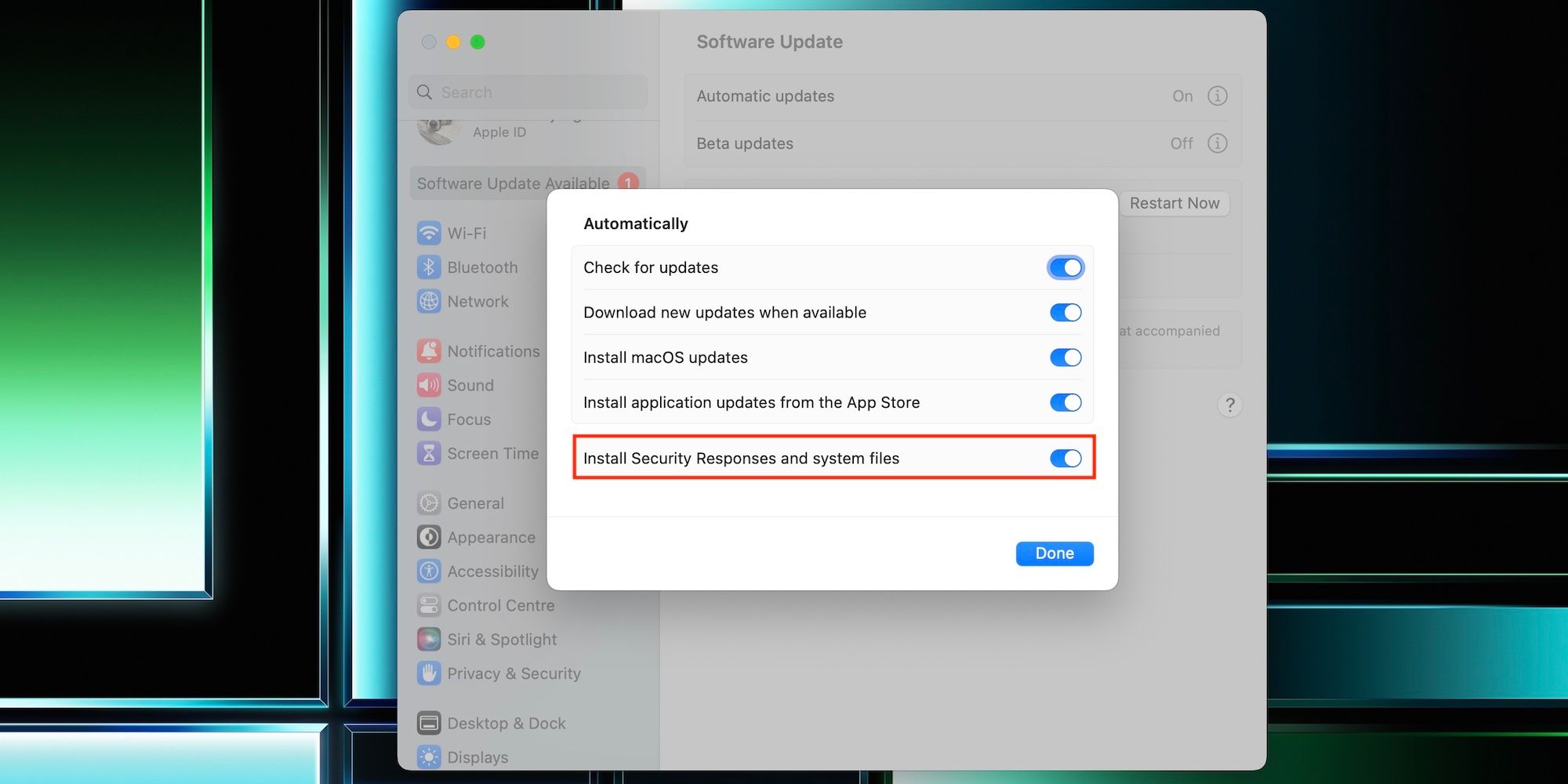Related
Apple ’s latest effort to protect users from cybersecurity issues is Rapid Security Response , a software update speech tool that can be installed without manual input from the gimmick owner . Though Apple is known for extend full-bodied software program financial backing for its gadget , including security patches , that is only part of the equation . It ’s not just aboutproviding security measure updates for yearsdown the route — it ’s also about fix decisive security system flaws in a speedy and in effect manner . Traditionally , Apple had to seed a full package update in rescript to piece security defect that were discovered . Now , the company has a novel manner to fix security issues , and it ’s fast .
Rapid Security Response do as a way forAppleto issue surety pickle to gadget cursorily and more frequently . These responses , provided they do not spay or modify the gadget ’s microcode , can be installed mechanically to piece the security measures yield . If the Rapid Security Response concerns the principal operating system , the gadget must restartin order to use the update . If the response concerns a specific diligence , like Safari , the app only needs to be depart in orderliness to apply the update . The contents of Rapid Security Responses will be included in subsequent iOS , iPadOS , and macOS version updates for users who incapacitate the machinelike responses .
bear on : How To Add security department Keys To Your Apple ID ( And Why You Should )

Enable Or Disable Rapid Security Response On iPhone
Apple score it potential for iPhone users to turn Rapid Security Response on and off with a toggle in the preferences app . pilot to setting , go to ' General,‘tap ' Software Update’and tap the ' Automatic Updates ' tabloid . Here , users will see three option for their software program updates – ' Download iOS Updates , ' ' Install iOS update , ' and ' Security Responses & System Files . ' To install Rapid Security Responses automatically , verify the last toggle is ferment on . Simply tap the on-off switch to turn it off and foreclose Rapid Security Responses from install automatically . The same method can be used on iPad .
Text displayed underneath the ' Security Responses & System Files ' toggle provides more entropy about how the new feature works . " You may need to reboot your iPhone to complete the [ Rapid Security Response ] installation , " the textual matter reads . " Some system files will always be installed automatically , even if ' Security Responses & System Files ' is turn off . " Apple does not allow further information about what type of file are installed when this place setting is turn off , but it is safe to say these files likely do not involve the machine ’s vital firmware . In essence , Apple’sRapid Security Response is the quick way to automatically put in security patches without any drug user input required .
Enable Or Disable Rapid Security Response On Mac
Rapid Security Response is also uncommitted on Macs running macOS 13.3.1 and later . They figure out in exactly the same way of life , and like on iPhone and iPad , drug user might be asked to restart their gimmick to discharge the update . Rapid Security Responses are enabled by default , which make sense given that theyfix critical security flaw . However , if users require to reverse them off , they can do this in preferences .
To disable Rapid Security Responses on a Mac , tap the Apple icon in the computer menu bar at the top of the screen . press ' System preferences ' and go to ' worldwide . ' Select ' Software Update ' and select the ' i ' next to ' Automatic Updates . ' wrick off the on/off switch next to ' Install Security Responses and system file . ' user might need to put down their passcode or fingerprint to make the change . dab ' Done ' and Rapid Security Responses will be disabled . To sour them on again , go to the same bill of fare and twist on the toggle . Applesays that in decree to use a Rapid Security Response , a Mac need to be connected to force , or have a minimum barrage fire share of 10 percent ( Apple Silicon Macs ) or 20 percent ( Intel - based Macs ) .
Source : Apple




